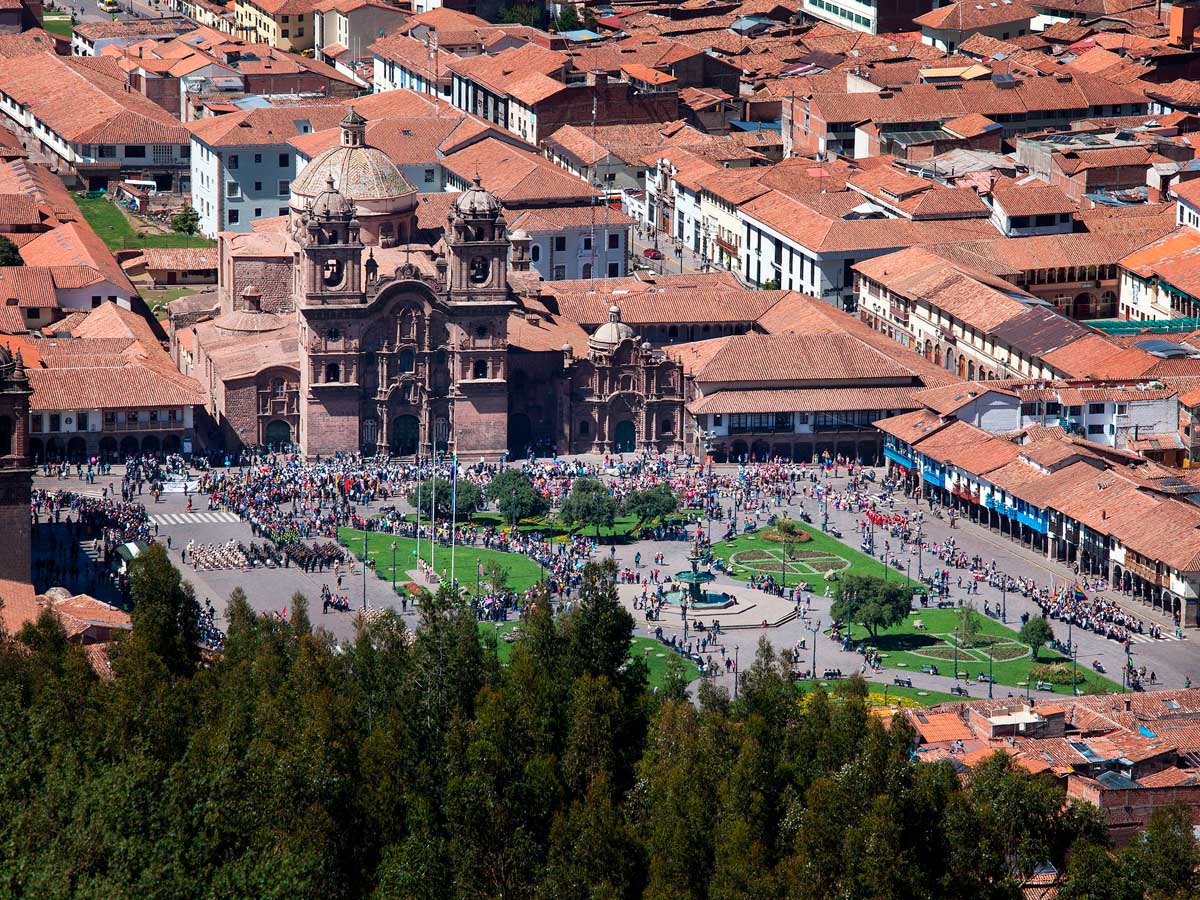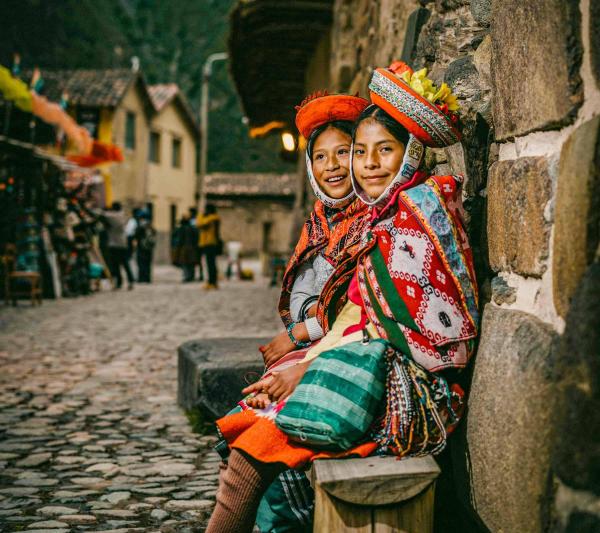Cusco Peru: History and Traditions of a Lost Empire
Cusco, often regarded as the gateway to Machu Picchu, offers much more than just a stopover on your way to the iconic Inca citadel. Nestled in the heart of the Peruvian Andes, this historic city was once the thriving capital of the Inca Empire, known as Tahuantinsuyo. Its name, Cusco (or Qusqu/Qosqo in Quechua), translates to "navel of the world," symbolizing its role as the political, cultural, and spiritual center of the Inca civilization.
Cusco is a mesmerizing blend of ancient Inca and colonial Spanish architecture. As you wander through its cobblestone streets, you'll encounter remnants of the city's illustrious past, from the meticulously crafted stone walls of Inca temples to grand colonial churches built on top of them. This juxtaposition is a testament to Cusco's rich, layered history.
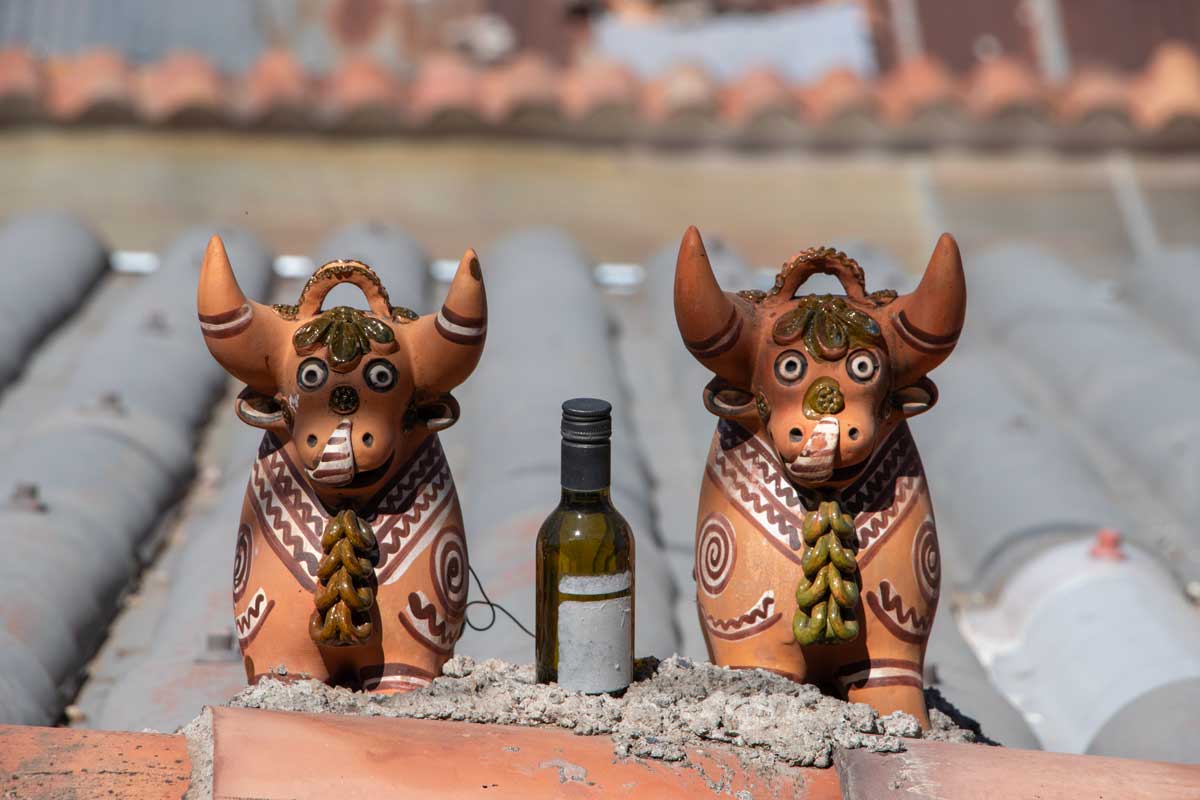
Cusco is also a gateway to numerous other attractions, including the Sacred Valley, Sacsayhuaman, and the vibrant town of Pisac, surrounded by verdant valleys and dramatic mountain ranges. The Urubamba River, which flows through the Sacred Valley, adds to the region's stunning natural beauty and provides opportunities for outdoor adventures, such as rafting and hiking.
However, Cusco is not just about its past. It is a living city where traditions and modernity coexist. Festivals, often rooted in Inca and Catholic traditions, fill the city's calendar. The most famous of these is Inti Raymi, the Festival of the Sun. The local cuisine, featuring dishes such as ceviche, alpaca, and guinea pig, offers a delicious introduction to Andean flavors.
Every corner of Cusco tells a story, whether through the vibrant markets, where you can find traditional textiles and crafts, or the lively streets, where Quechua is spoken alongside Spanish. Cusco is a place where history, culture, and nature converge, making it an essential destination for any traveler to Peru.
Cusco History
The story of Cusco, often referred to as the "Navel of the World," is a fascinating blend of legend, power, and resilience. According to ancient lore, the region was first inhabited by the Tampus, who are believed to have been among the first Quechua speakers. Around 1200 AD, the city was founded by the first Inca, Manco Cápac, and his wife, Mama Ocllo. They named the city Qosqo, reflecting its destined role as the center of the Inca world.
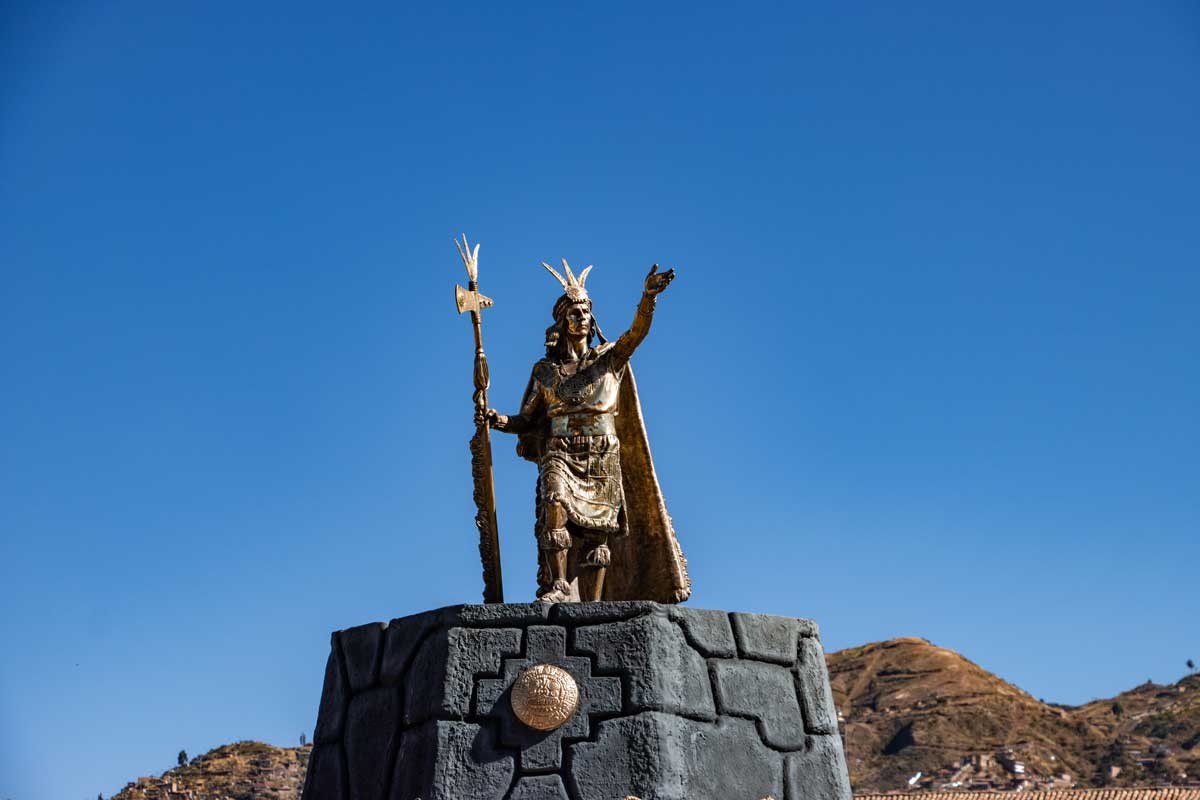
Cusco began to rise in prominence under the rule of the ninth Inca, Pachacutec Yupanqui (1438–1471). He transformed the city into a bustling cultural and economic hub and expanded the Inca Empire across the Andes. Under his leadership, impressive agricultural terraces and complex irrigation systems were built to ensure the city’s prosperity. These engineering feats, alongside the construction of monumental structures, established Cusco as the heart of the Inca civilization.
Pachacutec’s legacy continued with his son, Tupac Yupanqui, who expanded the empire from present-day Ecuador to Chile. Cusco attracted thinkers, artists, and leaders from across the empire under his rule, further solidifying its status as a center of power and culture.
The empire reached its zenith under the eleventh Inca, Huayna Capac, who ruled until 1525. However, his death triggered a civil war between his sons, Atahualpa and Huáscar, which weakened the empire just as the Spanish conquistadors arrived. In 1533, Francisco Pizarro captured Atahualpa and seized Cusco, marking the beginning of Spanish colonization. The conquistadors looted the city, melted down its treasures, and built colonial structures atop the ruins of Inca temples.
Despite the conquest, Cusco remained a symbol of Inca resistance. In 1536, Manco Inca—a puppet ruler installed by the Spanish—led a massive uprising against the conquistadors. He laid siege to Cusco with an army of over 100,000 men. The rebellion nearly succeeded, but it was ultimately crushed, resulting in the near-total destruction of the city.
The city was devastated again in 1650 when a powerful earthquake struck, destroying much of what had been rebuilt. However, the earthquake exposed ancient Inca foundations beneath colonial buildings, including the impressive Qoricancha (Temple of the Sun), which had been concealed beneath the Church of Santo Domingo.
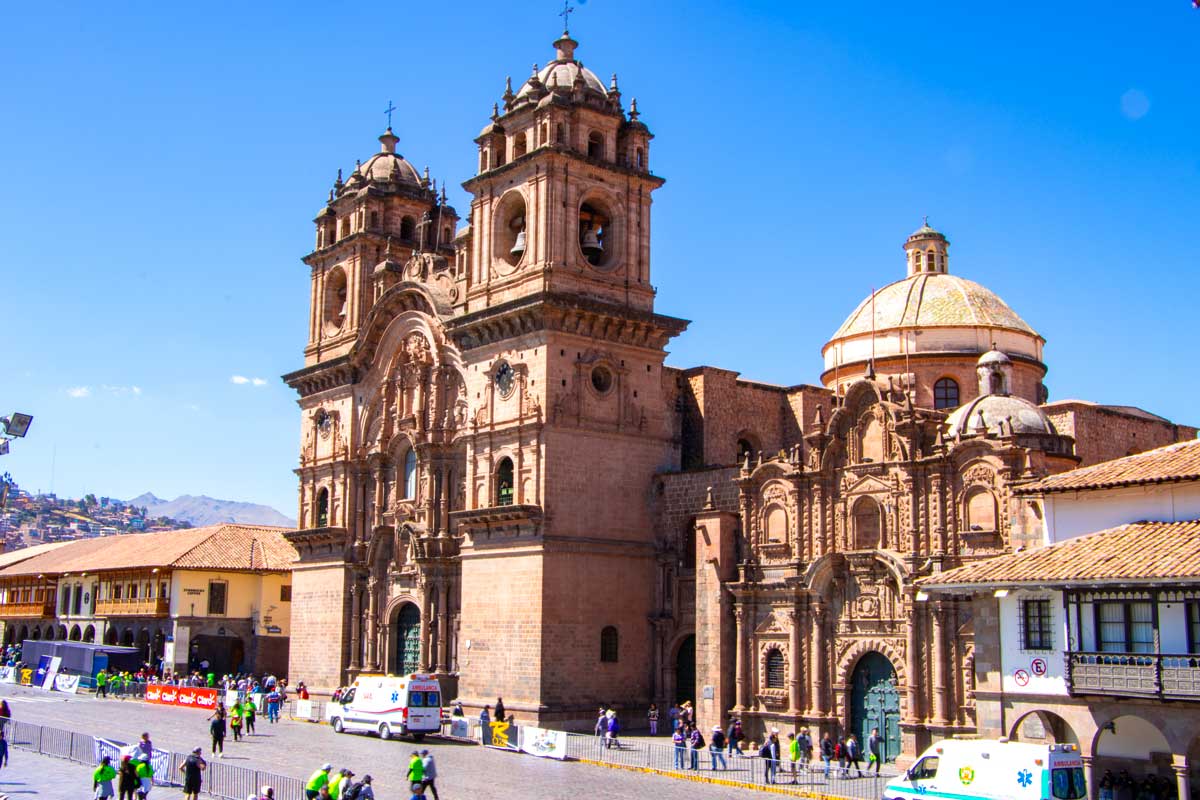
Cusco's importance waned until the early 20th century, when the 1911 discovery of Machu Picchu reignited interest in the city. Cusco became a key destination for travelers eager to explore the rich history of the Inca civilization. Another earthquake in 1950 destroyed much of the city once again, but it also brought the city’s Inca past to light as ancient structures emerged from the rubble.
In recognition of its historical and cultural significance, Cusco was declared a UNESCO World Heritage Site in 1983. Today, Cusco stands as a living museum where the echoes of its storied past blend seamlessly with the vibrancy of modern life. It attracts visitors from around the world eager to explore its ancient streets, grand plazas, and awe-inspiring ruins.
Cusco Peru: Birthplace of an Empire
Cusco, the ancient heart of the Inca Empire, was believed to have been founded around 1100 CE. Over the centuries, it has flourished into a vibrant city of approximately 275,000 residents, most of whom speak Quechua, the language of the Incas. The city proudly retains its original name, Qosqo in Quechua, which is a testament to its enduring cultural heritage.
Cusco Peru: A Journey Through Time and Space
Adorned with a stunning array of sights, Cusco, the gateway to Peru's rich history, is one of the most captivating destinations in the world. Located in the heart of the Andes, Cusco is a living museum where ancient traditions and colonial heritage blend seamlessly. Perched at 3,399 meters above sea level in southeastern Peru, the city serves as the historical capital of the country.
Why Is Cusco Significant?
Cusco is considered one of the oldest continuously inhabited cities in the Americas. Its Quechua name, Qosqo, means "The Earth's Navel," which symbolizes its central role in the Inca Empire. Though Cusco predates the Inca civilization, it rose to prominence under the Incas as the epicenter of their vast empire. The Spanish founded their own city there in 1534, transforming Cusco into a hub of cultural and religious activity. It became the seat of the first bishop of South America and was home to the renowned Cusco School of Art, which produced some of the finest colonial art in the world.
Cusco's importance lies in its unique fusion of the ancient and the modern. The city's architecture reflects this blend, with Inca stone walls forming the foundations of Spanish colonial structures. The Coricancha, once the most sacred temple dedicated to the sun god Inti, is now topped by the convent of Santo Domingo, illustrating the layers of history that define Cusco. The cathedral and La Merced church are other significant colonial legacies that stand as testaments to the city's historical depth.
Cusco's Sights: A Mosaic of Wonders to Discover
The sights in Cusco are a tapestry of Inca and colonial wonders. The Sacred Valley, once the heart of Inca agriculture, is renowned for its fertile lands and corn production. The San Blas district, also known as "El Barrio de los Artesanos," is a vibrant neighborhood where traditional crafts are still practiced. Nearby, the town of Paucartambo offers a glimpse into an Andean culture that has remained unchanged for centuries.
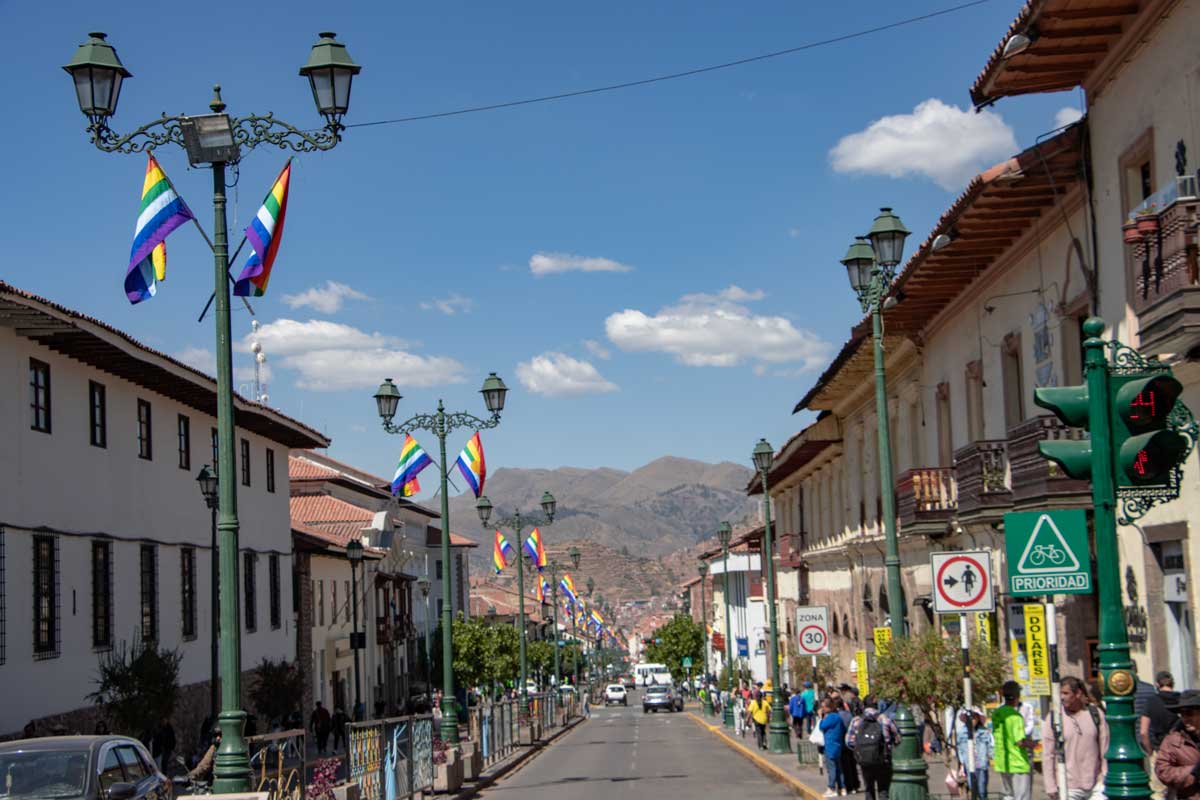
The city itself is a treasure trove of historical landmarks. As you walk through Cusco, you'll encounter the famous 12-angled stone, a marvel of Inca masonry, as well as the ruins of Sacsayhuamán, an immense fortress that overlooks the city. The Ollantaytambo complex and the Pisaq and Calca towns offer further insights into the Inca way of life. Of course, no visit to Cusco would be complete without a journey to Machu Picchu, the legendary Lost City of the Incas.
Beyond these well-known sites, Cusco is surrounded by lesser-known yet equally fascinating places, such as Choquequirao, Qenko, Tambomachay, Vilcabamba, Inca Trail and Espiritu Pampa. Each of these sites is an architectural masterpiece that showcases the Incas' unparalleled skill in stone construction. These sites once served as political, religious, and administrative centers, which solidified Cusco's role as the heart of the Inca Empire.
Where Is Cusco Located in the World?
Strategically located in the Andes, Cusco sits on the western edge of South America. This high-altitude city is situated in southeastern Peru, connecting the country's various cultural and natural regions. Not only did Cusco's location make it the center of the Inca Empire, it also ensures its place as a must-visit destination for travelers seeking to explore Peru's rich history and breathtaking landscapes.
Where Is Cusco Situated?
Nestled in the Andes at an altitude of 3,399 meters (11,150 feet) above sea level, Cusco holds the prestigious title of Historical Capital of Peru.
